Whether at work or at play: your back never takes a break. It keeps you upright, stabilizes, and supports you all day long. Your back is constantly engaged and working for you through the day, most of the time in ways you may not even realize. for this reason, it is incredibly important to pay attention to how you move and what postures you adopt during different daily activities. Even small things can have a big impact on your back health.
Practising Back Friendly Movement
The good news is that it doesn't take big changes to your life or daily routine in order to properly care for your back and spine. Integrating more mindful movement, and correct posture into daily activities can improve your overall back health and help prevent back pain!
Proper posture to protect your back
Even if it may sound trivial, pay attention to how you sit and stand. Do so while sitting or standing at work, but also during various activities, such as cooking, watching TV or waiting for the bus.
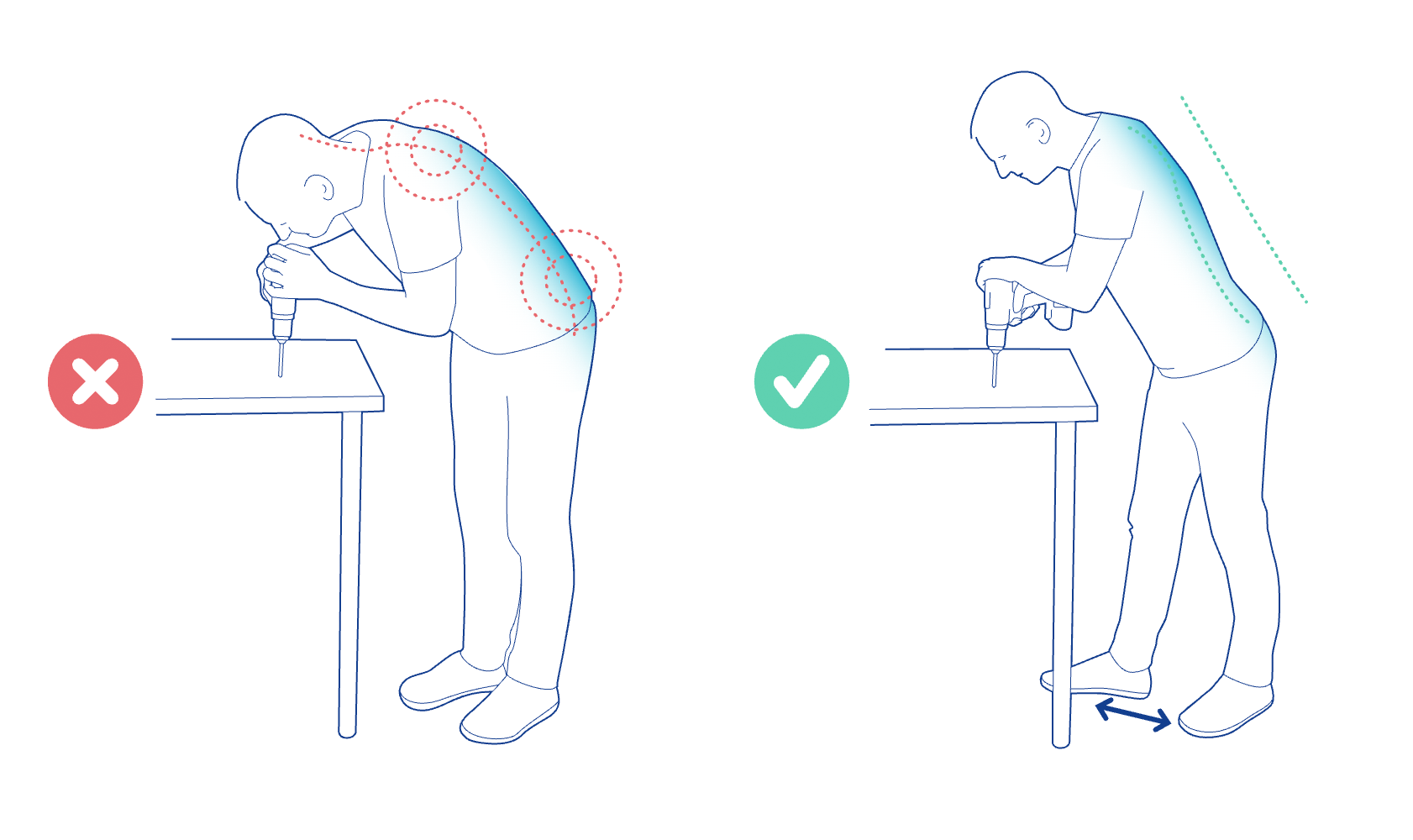
If you are standing for extended periods of time, position yourself so that your feet aren’t subjected to one-sided strain, which forces your hip to stick out to the side. For a healthy posture, your hips and head should form a vertical line, with your knees maintaining a slight bend. If possible, try to avoid standing still for long periods at a time by taking small breaks to sit or walk around. If this is not possible try slightly alternating movements while standing. Practice putting an even load on your legs, stand on your toes or slowly and repetitively rock back to your feet.

When sitting for extended periods of time, it is important that your spine remains supported in its natural shape. This means sitting with your pelvis slightly tilted forward and your chest slightly raised. Your shoulders should be relaxed but in line with your chest and not hunched forward. As with standing, varying your sitting position slightly will help activate your back and avoid one-sided mechanical stress.
If you spend a significant part of your time sitting while at work, it is all the more important that your workplace is set up to be as back-friendly as possible.
Ergonomics play an important role in your well-being: work furniture such as a workbench, desk, and chair should be set at the optimum sitting and working height for you. In the office, the position of the monitor and the type of keyboard and mouse used can also have an effect on posture.
Taking breaks from sitting is also part of dynamic sitting: stand up regularly and walk around a bit
lifting and carrying correctly
Carrying heavy objects puts plenty of strain on your back, whether you’re on a construction site, moving furniture or grocery shopping. Fortunately, you can relieve your back and spine by being mindful of back-friendly techniques for lifting and carrying heavier objects.
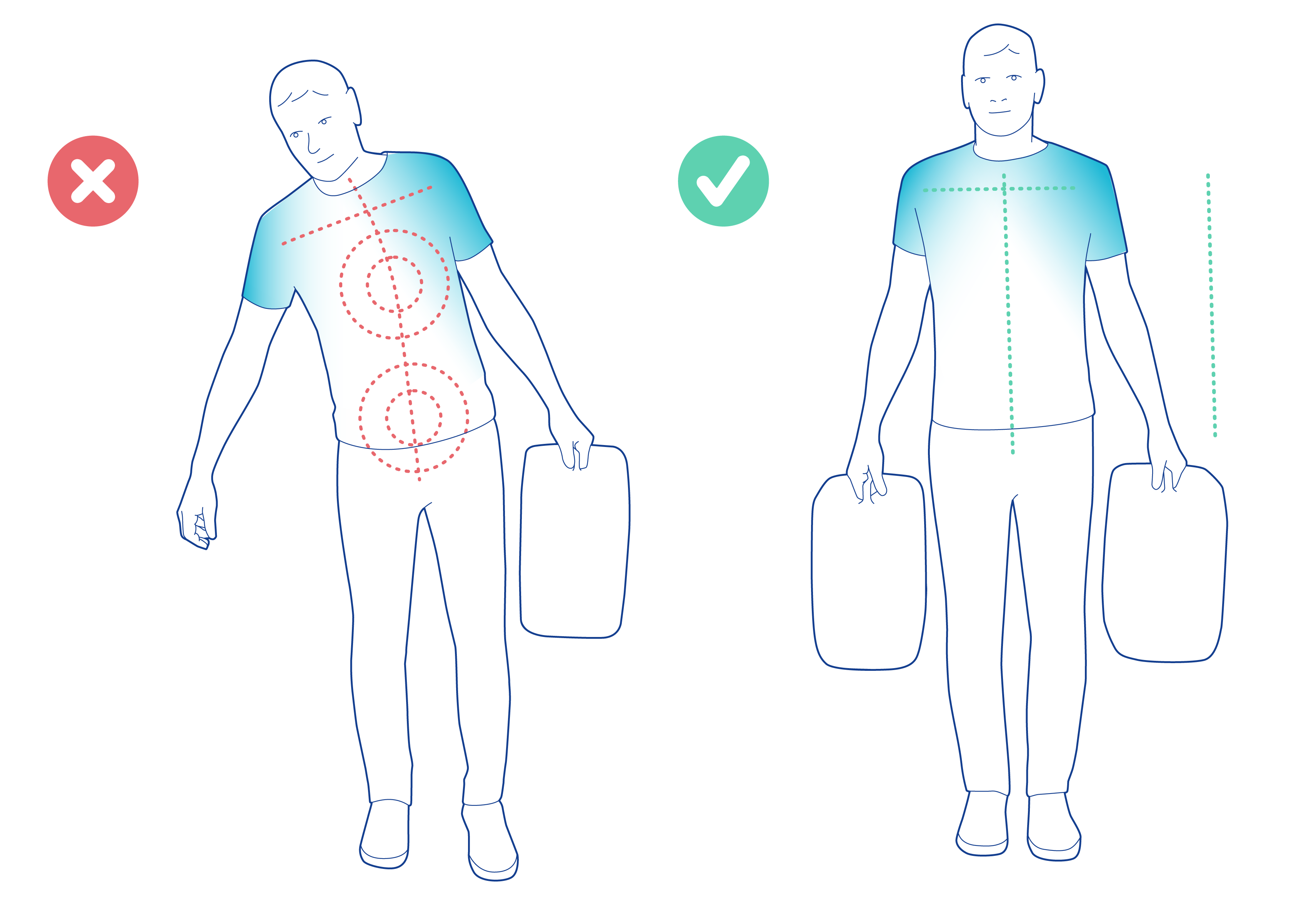
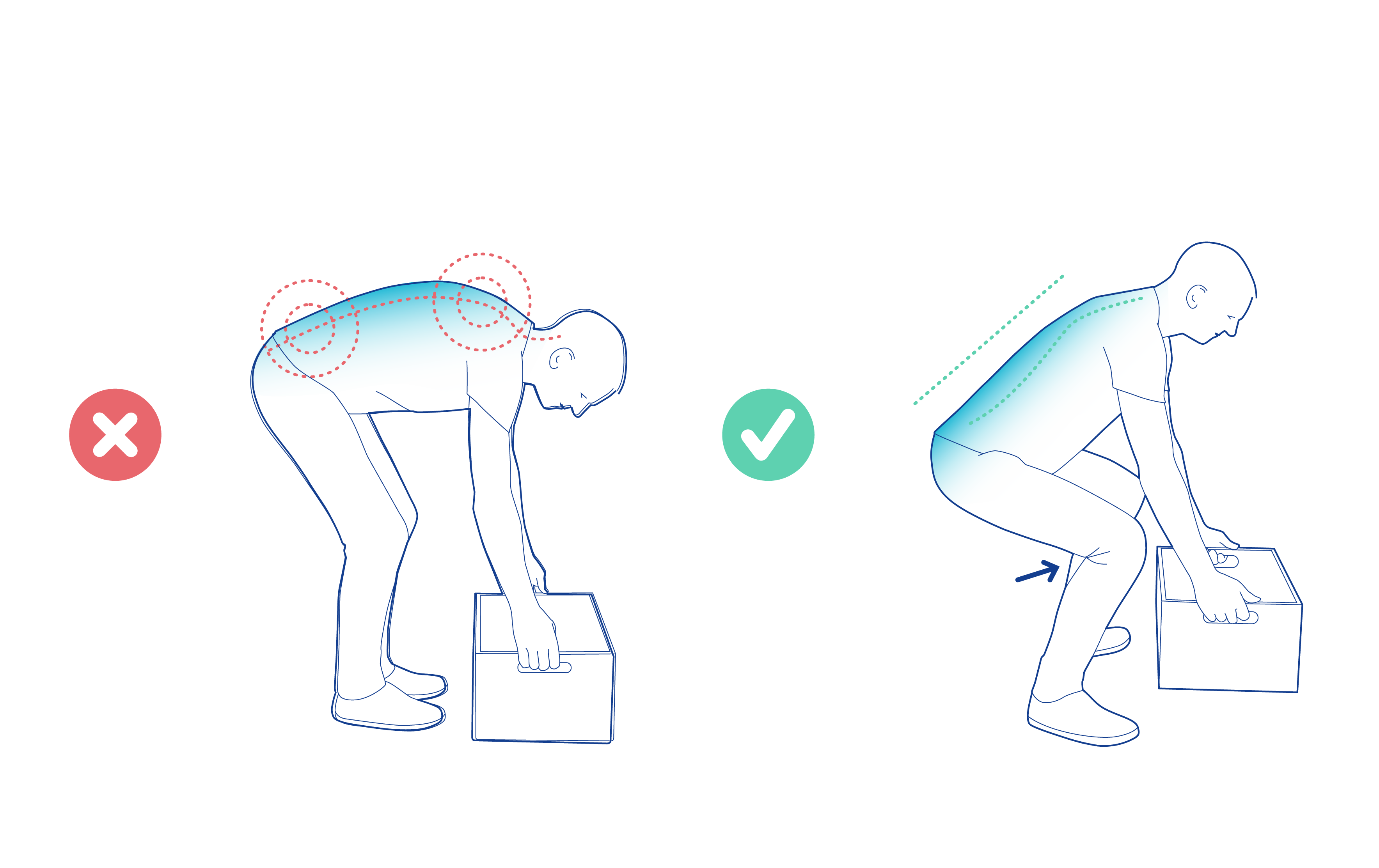
If attempting to lift something relatively heavy, stand close to the object and squat down. Hold the load close to your body, then stand up with a straightened back, using mostly the strength in your legs to relieve your back. You can also engage your back muscles to help improve stability. When you put the object down, do not bend forward. Instead, squat down from the knees with a straight back. Keep in mind that it’s better to make several trips than to carry excessive loads.
IMPROVE POSTURE WITH BRACES
Back braces and orthoses can help to give you the extra support and stability you need to start practicing correct posture. Bauerfeind back braces help relieve pain, massage tense muscles, and stabilize the back for an improved posture so you can protect your spine!
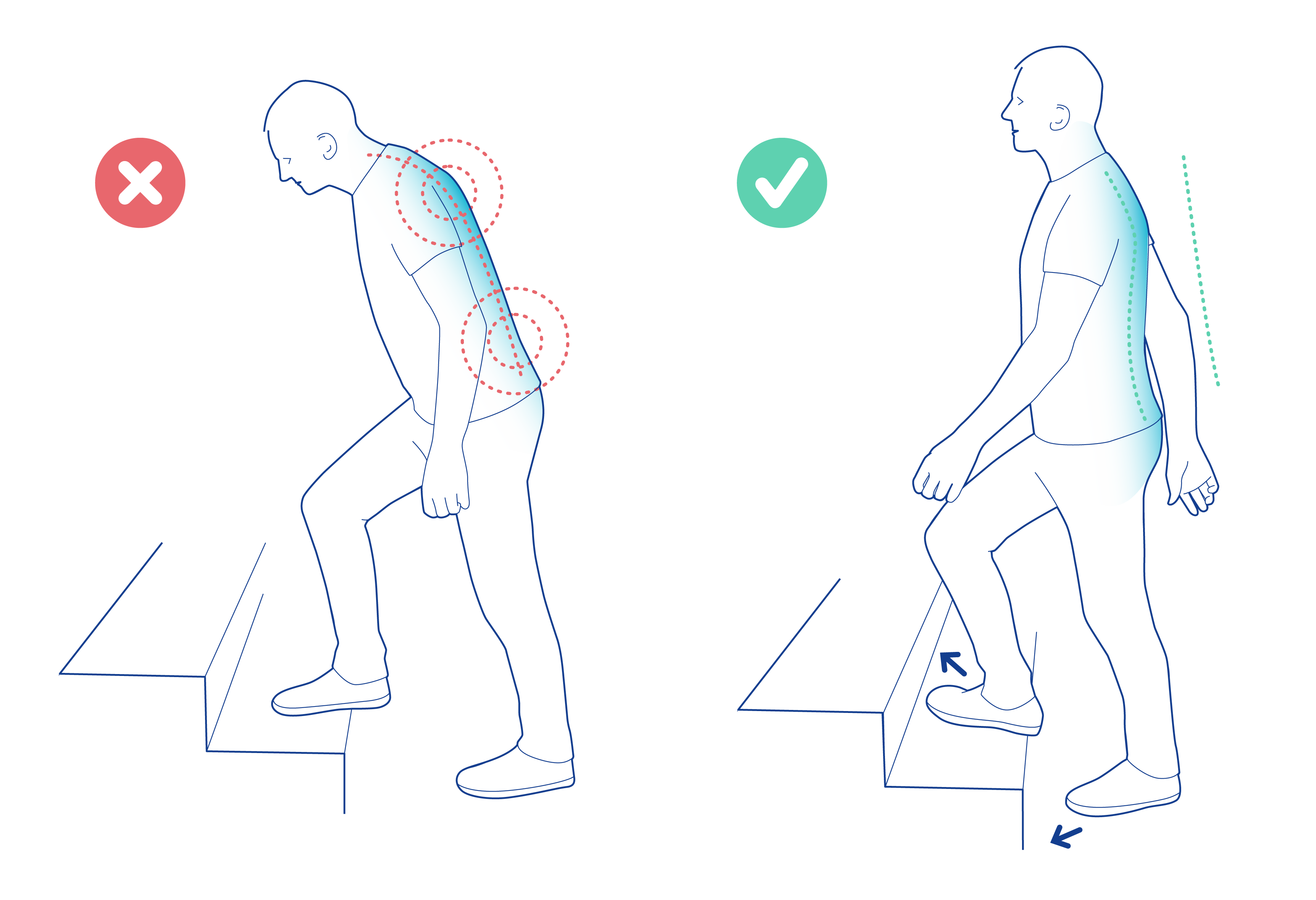
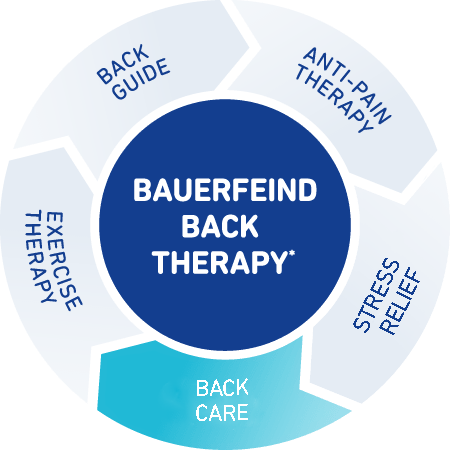
Bauerfeind Back Therapy
Exercise Therapy is one of five therapy modules, get to know the other modules here!
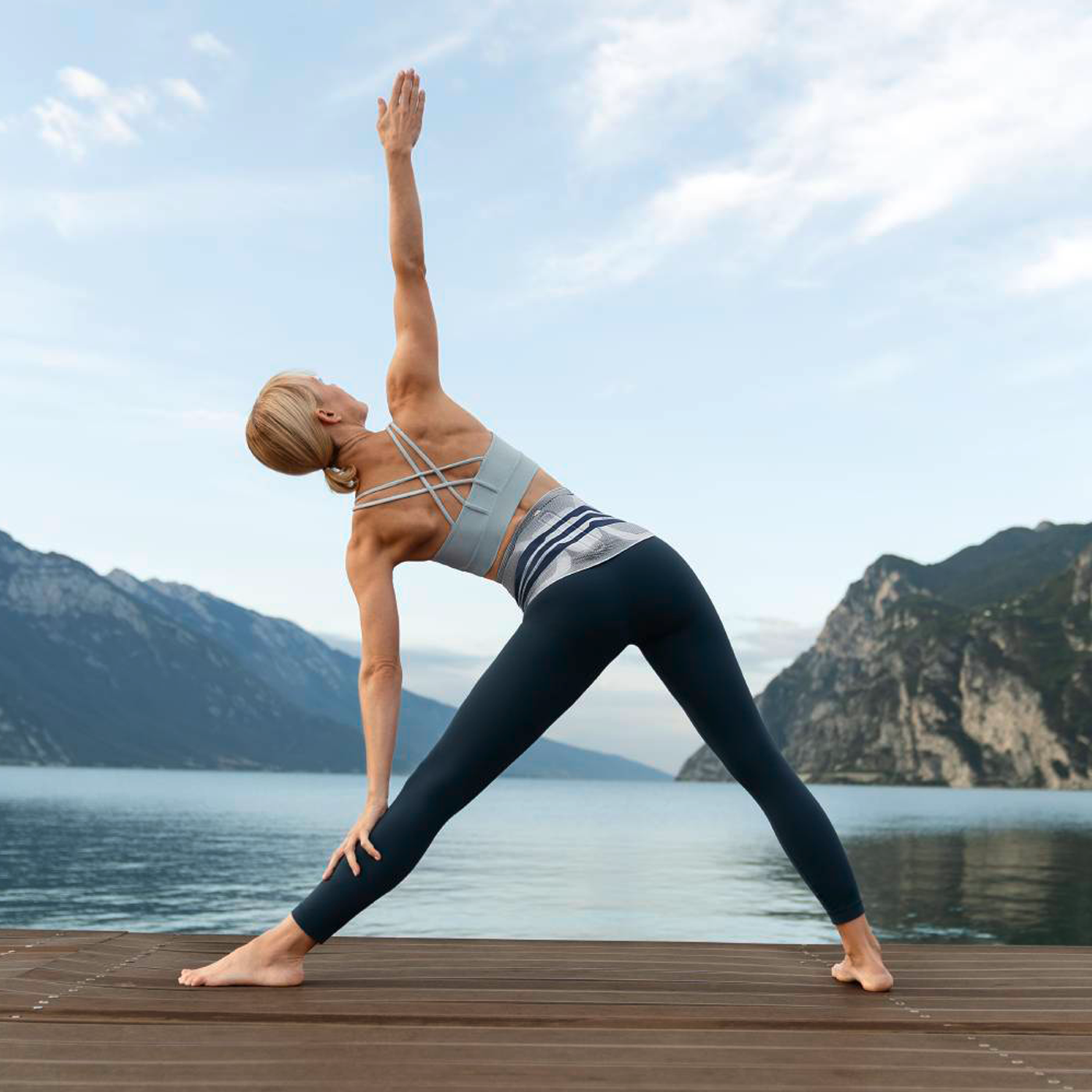
Back Therapy

Back Guide

Anti-Pain Therapy

Exercise Therapy

Stress Relief


